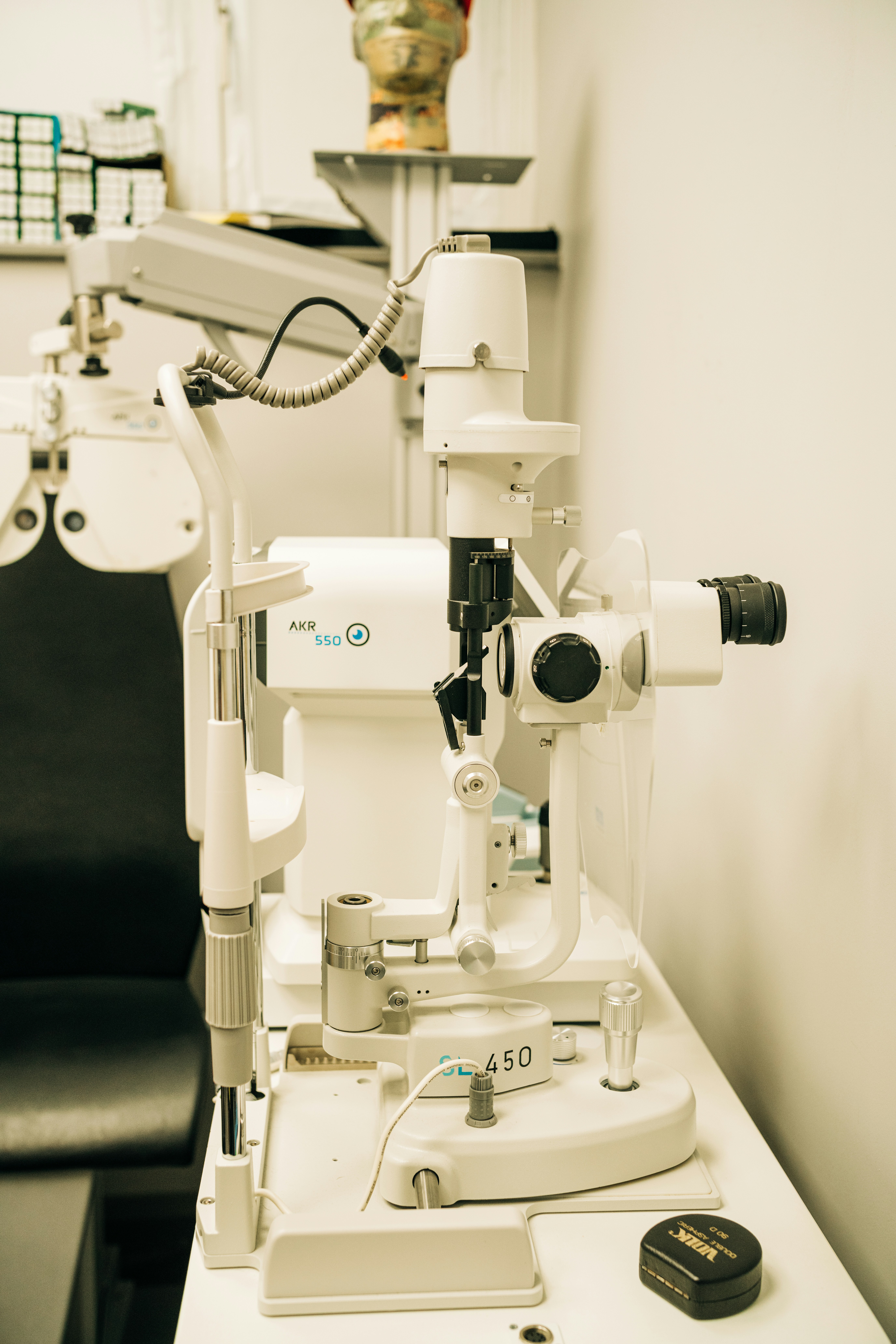
Eye care has significantly evolved over the past few decades, thanks to the rapid advancements in modern technology. Innovations in medical devices, diagnostic tools, and treatment methods are transforming how eye care professionals diagnose and treat patients. As technology continues to improve, it opens up new possibilities for better outcomes and enhanced patient experiences.
Advancements in Diagnostic Tools
One of the significant ways modern technology is transforming eye care is through advancements in diagnostic tools. Today, eye care specialists use state-of-the-art imaging systems, such as optical coherence tomography (OCT) and digital retinal imaging, to obtain detailed images of the retina and optic nerve. These devices enable the early detection of conditions such as glaucoma, macular degeneration, and diabetic retinopathy. Furthermore, these diagnostic tools provide high-resolution images, giving doctors a clearer understanding of the patient’s condition, which in turn leads to more accurate diagnoses.
With the use of artificial intelligence (AI) and machine learning, diagnostic tools are becoming even more advanced. For instance, AI algorithms can analyze retinal images and detect subtle changes in the eyes that may not be visible to the human eye. This technology enables doctors to spot conditions in their earliest stages, giving patients a better chance of successful treatment.
Improved Treatment Methods
In addition to better diagnostic capabilities, modern technology is also revolutionizing eye care through improved treatment methods. For example, laser technology has brought significant changes to the treatment of certain eye conditions. LASIK surgery, which uses a laser to reshape the cornea, has become one of the most popular treatments for refractive errors like nearsightedness, farsightedness, and astigmatism.
Moreover, modern surgical techniques have been enhanced by robotics. Robotic-assisted surgeries in ophthalmology provide greater precision and control, which helps reduce complications and recovery times. These advanced tools also enable surgeons to perform complex procedures with greater accuracy, particularly in delicate operations such as retinal surgery. As a result, patients experience fewer side effects and faster recovery periods, ultimately improving their overall eye health.
Telemedicine and Remote Consultations
Another revolutionary development in eye care is the rise of telemedicine and remote consultations. Through video calls, online platforms, and specialized apps, patients can now consult with eye care professionals without leaving their homes. This is especially beneficial for individuals living in remote areas or those with limited access to healthcare facilities. Telemedicine enables real-time consultations, allowing doctors to discuss symptoms, assess visual health, and prescribe treatments or referrals as needed.
Telemedicine has also made it easier for patients to monitor chronic conditions such as glaucoma or diabetic retinopathy. With the help of home monitoring devices, patients can measure intraocular pressure or track blood sugar levels from the comfort of their homes. Data collected through these devices can be shared with healthcare providers, who can then offer timely advice or adjustments to treatment plans. This convenience not only reduces the burden on healthcare facilities but also encourages proactive management of eye health.
Wearable Technology in Eye Care
Wearable technology is rapidly gaining popularity in the field of eye care. Smart glasses, for instance, are designed to help individuals with vision impairments. These glasses can be equipped with special lenses that adjust to different lighting conditions or even provide magnification for better reading.
Another notable advancement in wearable technology is the development of contact lenses with built-in sensors. These lenses can measure glucose levels for individuals with diabetes, providing real-time data that can be used to monitor their health. Additionally, wearable devices are available that help improve vision by utilizing augmented reality (AR) to enhance the user’s view of their surroundings.
The Future of Eye Care: Artificial Intelligence and Robotics
As we look to the future, the integration of artificial intelligence and robotics in eye care holds immense potential. AI is already being used to assist with diagnostics, treatment planning, and even surgery. In the future, AI could be even more integrated into ophthalmology, with algorithms capable of predicting the progression of eye diseases and recommending personalized treatments. Additionally, robotic surgery systems may become more advanced, offering minimally invasive options for treating a broader range of eye conditions.
In the coming years, we may also see further developments in regenerative medicine, such as stem cell therapy, which could revolutionize the treatment of vision loss. Researchers are exploring ways to use stem cells to repair damaged retinal tissue and even regenerate optic nerve fibers. While these treatments are still in the early stages, they have the potential to change the landscape of eye care entirely.
Modern technology is undeniably transforming the field of eye care. From advanced diagnostic tools and improved treatment methods to telemedicine and wearable devices, technological innovations are enhancing both the precision and accessibility of eye care. As technology continues to evolve, patients will benefit from earlier diagnoses, more effective treatments, and better overall outcomes. With AI, robotics, and regenerative medicine on the horizon, the future of eye care looks incredibly promising. As a result, individuals can look forward to a higher quality of life with healthier vision in the years ahead.